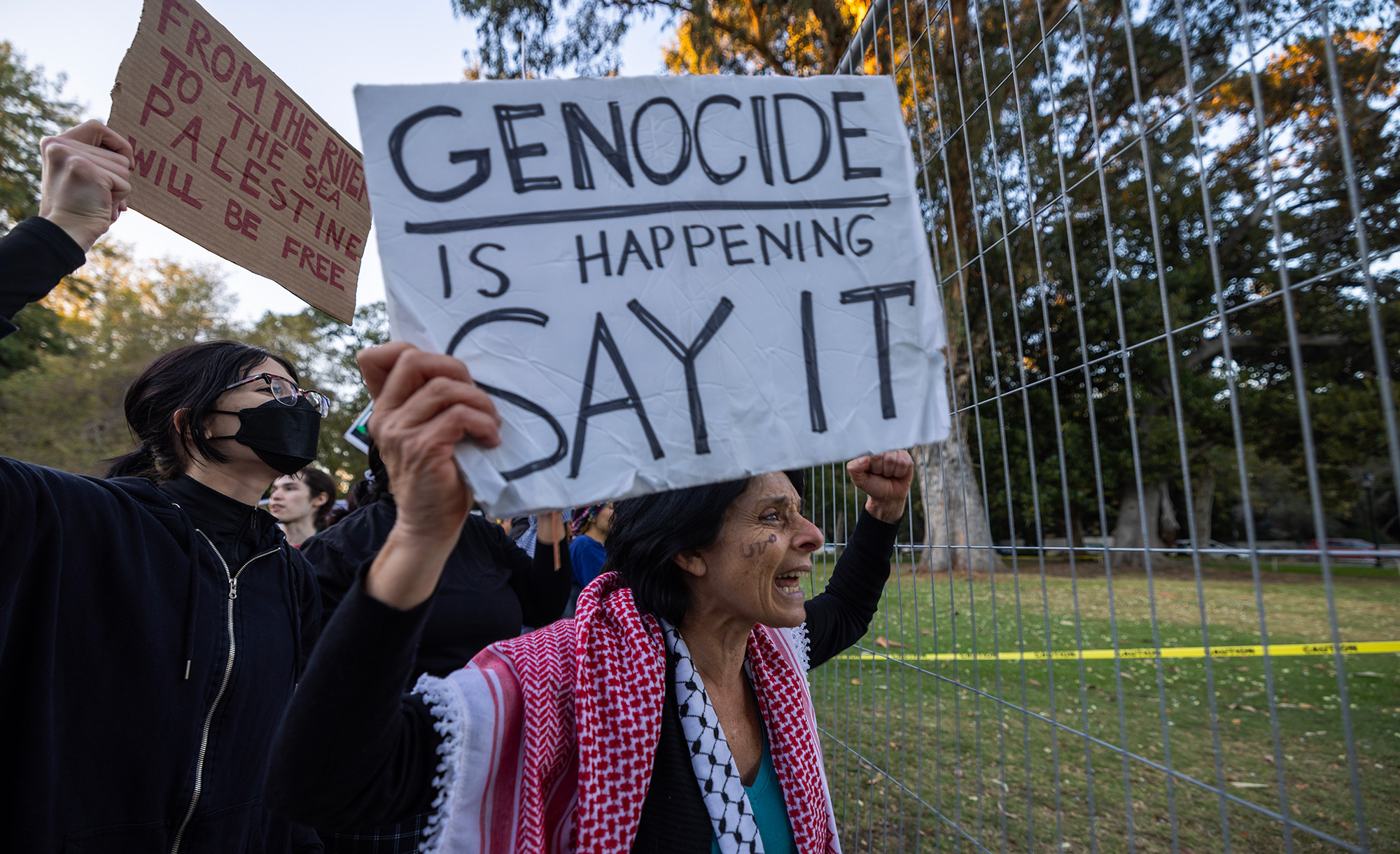On Monday, British physicians removed a respirator from Alfie Evans—a twenty-three-month-old boy with a rare degenerative brain disorder—against the wishes of his parents. The hospital acted on the judgment of Britain’s High Court of Justice, which has not only ruled Alfie’s life unworthy of living but also forbidden his parents to take him to another country where he could be treated, or even to take him home. Meanwhile, the child began to breathe on his own and was briefly given oxygen and fluids—although the hospital now intends to starve him to death. Adding to the outrage has been the conduct of the British officialdom, on which Sohrab Ahmari writes:
As the case has progressed, the political, religious, and class fault lines running through it have become ever more visible. Alfie’s parents are working-class and Catholic. Judging by the social-media outpouring, many of their supporters hail from a similar class firmament: the type who voted for Brexit, who read the Sun and the Daily Mail, who are puzzled by all this talk about gender and newfangled pronouns, and who quietly cheer Donald Trump across the pond.
On the other side stands an administrative elite that has had it with “these people”—with their voting habits, their sentimentality and patriotism, their common sense on Islam and integration, and, well, their failure to understand that it is up to experts, not parents, to discern the “best interests” of a toddler like Alfie.
The members of this elite worry a lot these days about the health of liberal-democratic order. An entire cottage industry has sprung up, churning out books and policy briefs on how to preserve democracy against populists and uncouth, excitable majorities. But fair-minded observers of the Alfie Evans debacle can decide for themselves which camp poses the greater threat to freedom in Britain.
More about: Catholicism, Euthanasia, Medicine, Politics & Current Affairs, United Kingdom


